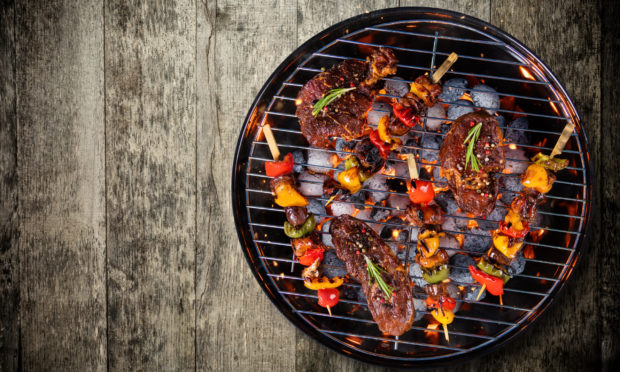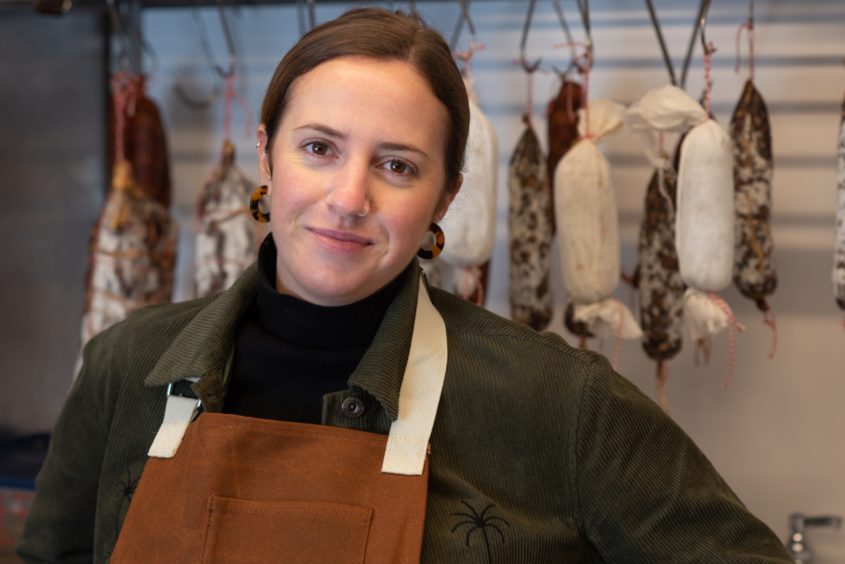We’ve asked our experts for their top tips on all things barbecuing to help us through the summer.
Pubs, bars and restaurants may be starting to open their doors again but there is still nothing that can beat a good summer barbecue, especially when the weather is good.
But what really goes in to making a barbecue the best it can be? We’ve taken some commonly-asked questions, including the best type of meats to use and, perhaps most importantly, how to light a barbecue, and asked our foodie experts for their top tips.
So grab your tongs and your apron and head on out to the garden to celebrate the summer in style.
Q: What are some barbecue recipes I can use?
We have plenty to choose from! Why not try making some perfect ribeye steaks, Scotch lamb chops or even a pork souvlaki? Or, if meat isn’t your thing, we have some ideas for fish that you could add to your barbecue repertoire, including a seafood pizza and some citrus lemon sole skewers.
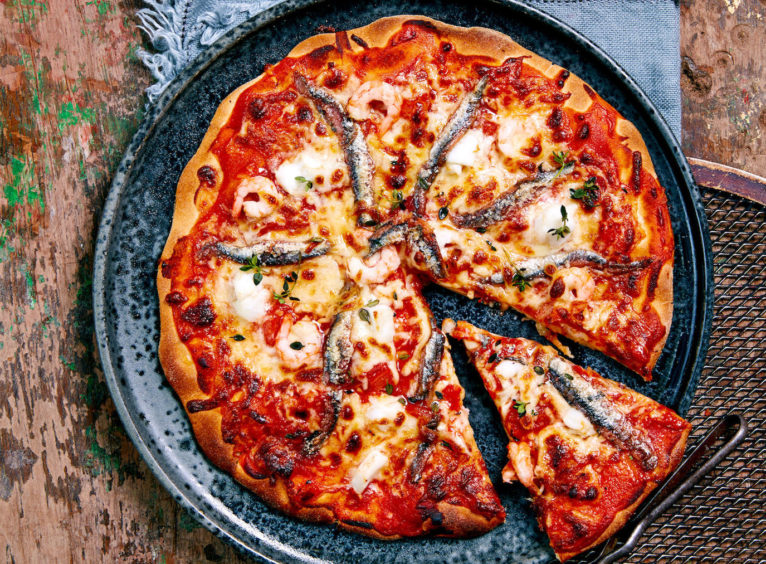
If you’ve got your main meats or fish sussed, then why not try your hand at a marinade? Chef Tim Dover, from The Roost Restaurant in Bridge of Earn has a recipe for making a Korean-style marinade, perfect for sizzling.
Q: How can I practice safe food hygiene when cooking outdoors?
Exercising all of the same techniques and safe hygiene outdoors that are generally commonplace indoors should be at the forefront of your mind when barbecuing. As we reported in this article about the Food Standards Scotland’s seven top tips on how to have a successful and safe barbecue, a bit of preparation and safety-first thinking will ensure you have an enjoyable cooking experience. FSS’s tips include using a food thermometer, keeping raw and cooked meats separate, and pre cooking some of the meat in the kitchen first.
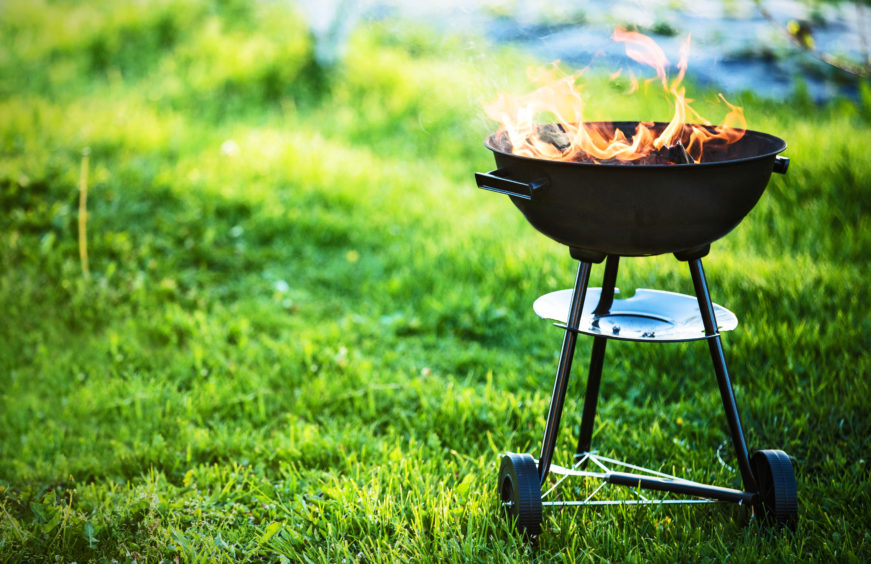
Q: Is it still possible to practice social distancing while enjoying a barbecue?
The short answer is, yes. As we’ve mentioned previously, there are lots of things you can do to ensure your barbecue is safe yet still fun. If you’re hosting, then why not have a one-way system set up around your garden so that your guests aren’t running into each other? Or, if you’re attending a barbecue, it might be worth taking your own cutlery, condiments and plates to ensure there is minimal cross over.
Q: Aside from the usual, what other foods work well on the barbecue?
Back in May, during barbecue week, we asked this question to some of our foodie friends across Scotland. One of the respondents was Roberta Hall-McCarron who is the chef/owner of The Little Chartroom in Edinburgh and a finalist in this year’s Great British Menu.
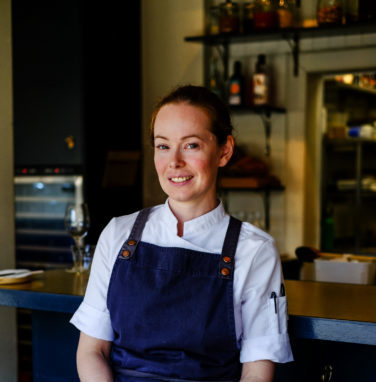
She said: “The direct heat from the barbecue really enhances the flavours of fish. Try some mackerel, add a little salt and butter then wrap it in tin foil. It’s a thin fish, so will only take around a minute and a half to cook, make sure to flip it so it cooks evenly. Shellfish like scallops work really well, cooked directly on the heat. The smokiness adds so much depth to the sweetness of the fish.
“I also like to cook asparagus directly on the barbecue to char it, and served with some freshly-made hummus; it makes a lovely side dish. Flatbreads are a must too when I am barbecuing. Why not try adding anchovies? The warmth softens the anchovies and they sort of melt into the bread, it’s so tasty. I like to serve the bread with smoked pâté and dips too.”
Q: What is the best way to light a barbecue?
Edinburgh-based chef Barry Bryson adapted his catering business over lockdown and has since started travelling the nation to host a barbecue feast in people’s gardens. He has some top tips for lighting your barbecue for optimum results.
“I’m not a fan of using lighter fluid, especially on a barbecue near food. What I would normally do is bunch up some newspaper tight-ish, but not too tight, into little balls and put them in the base of the your barbecue. Then I would put the grill that usually sits at the bottom of the barbecue over the top of that.
“Just on top of that I would also add some small twigs from wherever you are, stacked in a pyramid. So you’ve got the newspaper, the grill and then some twigs. From there, I would add a dozen or so charocal briquettes and then I would light that at the base.
“The trick is to get the air circulating. You don’t want everything to be too tightly packed together because it won’t be able to breathe, the fire will go out and it won’t ignite the charcoal briquettes.
“It should take about 10-15 minutes to get it going fully. The flames will come up and start it all off and you’ll then have nice hot embers. You can put the grill on top of that and hey presto, start cooking!”
Q: Is there a type of meat that’s best to use on the barbecue?
Us foodie mathematicians of the world might think the equation is all meat = barbecue-able but this may not be the case. Sophie Cumber, a butcher at Bowhouse in Fife’s East Neuk, shed some light on the situation.
She said: “Don’t go for the delicate cuts when choosing the meat, you want to go for cuts which have lots of flavour to stand up to the smokiness. You don’t want to cook anything too small and delicate as the heat from the barbecue is often hard to judge and small delicate cuts can easily be overcooked. Choose mutton chops over lamb cutlets, rump steak over fillet and chicken leg over breast.
“If you want to serve steak, then go for something you can cook as a whole piece, and make sure it is a decent thickness. This means you only have to watch and turn one steak and can give it your full attention.
“Normal rules apply, so make sure the steak is well rested when it comes off the barbecue, at least five minutes, then slice it against the grain ready for people to come and grab.”
